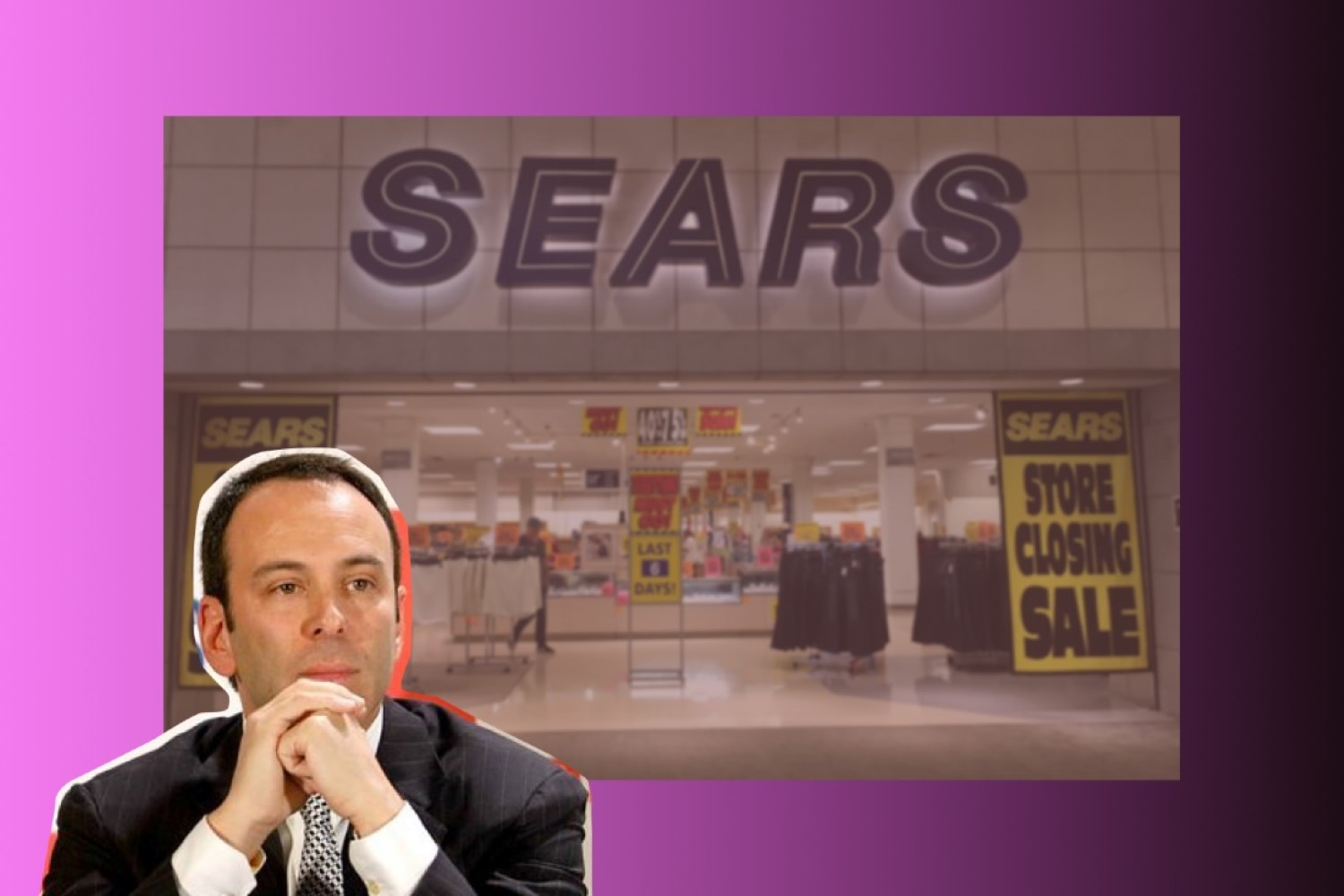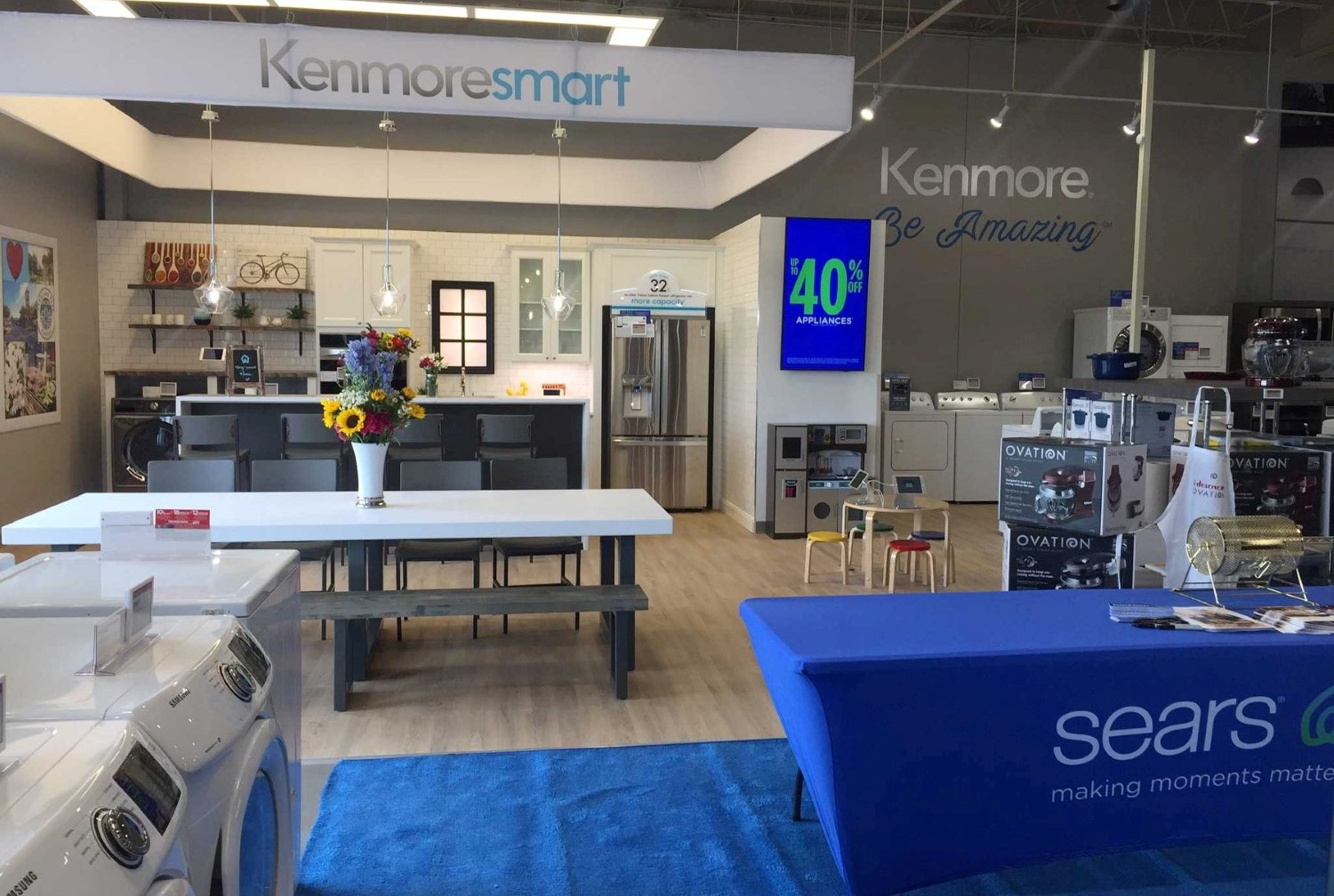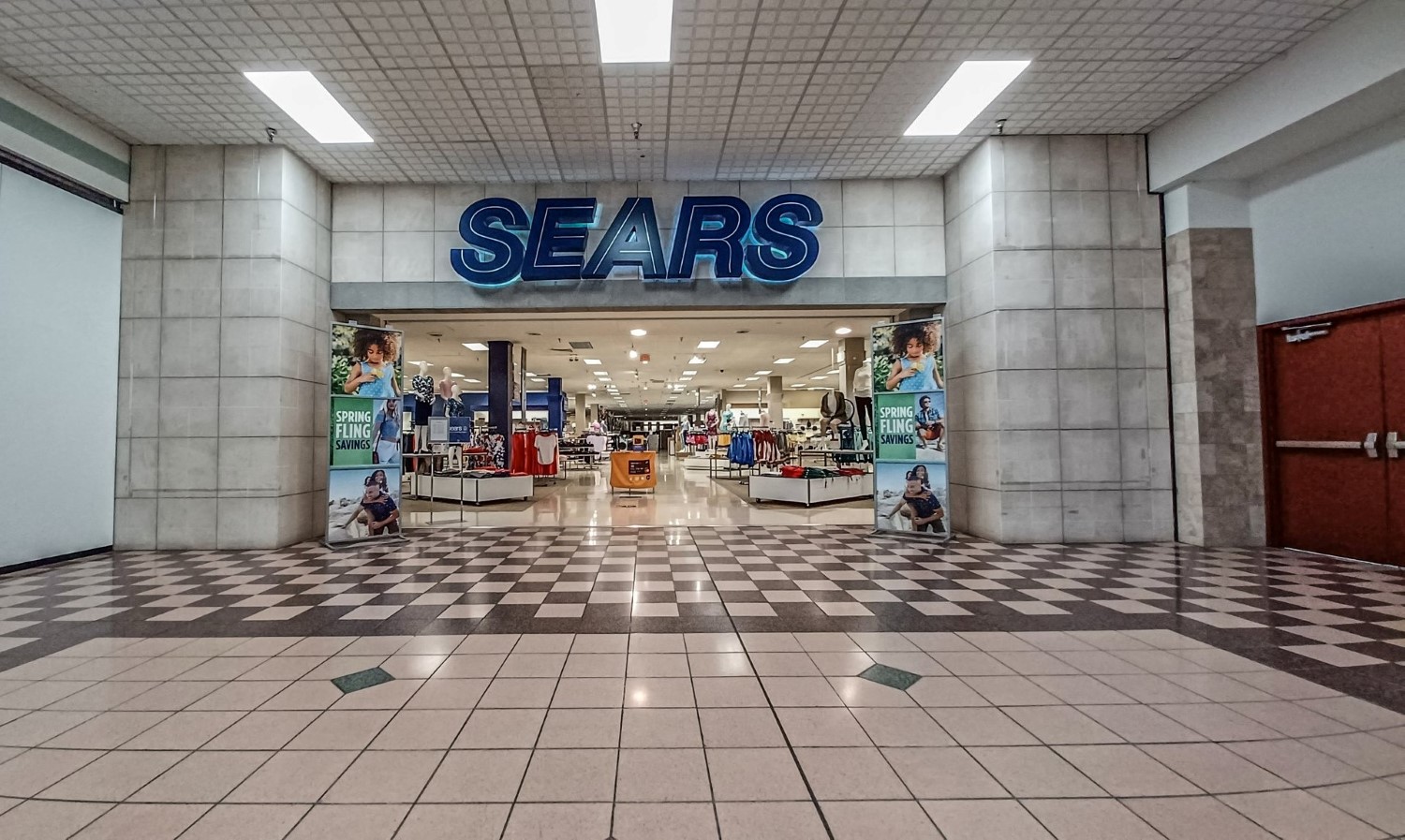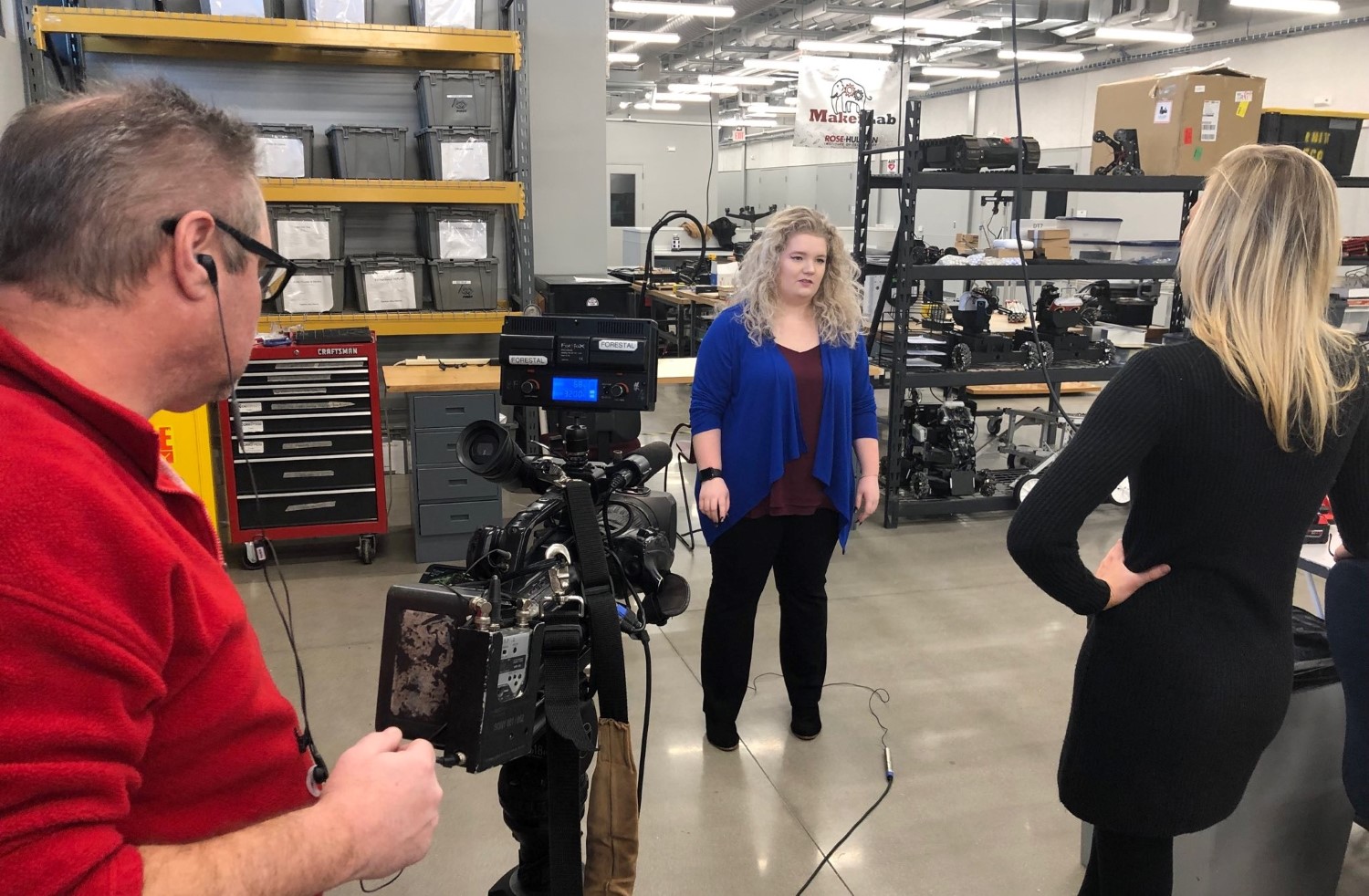From Legacy U.S. Brand to Not-So-Surprising Case of Disruption: Sears’s Twilight Debunked

The 19th century was a time of significant growth and innovation for the retail industry, driven by advancements in technology and changes in consumer behavior. The expansion of the railroad and the growth of urban centers helped to fuel the growth of retail, with the emergence of department stores and mail-order catalogs becoming important innovations in the industry. These innovations transformed the retail landscape and set the stage for further expansion in the 20th century.
Against this backdrop, Sears was founded in 1886 as a mail-order catalog company, offering a wide variety of products at affordable prices to customers across the United States. The company quickly grew in popularity and expanded into brick-and-mortar stores in the early 20th century, becoming a major player in the retail scene.
Despite its storied history and iconic status as an American retailer, Sears has faced significant challenges in recent years, struggling to keep up with changing market conditions and increased competition from online retailers. Unfortunately, Sears was slow to embrace new technologies and innovations and failed to champion this ever-evolving “game”.
Saddeningly, the company took on high levels of debt, which made it more difficult to invest in growth and innovation. Let’s take a closer look at the twilight of this old hero.
From Heyday to Decline: The Story of Sears and Its Struggle to Stay Competitive
Sears has a long and fascinating history that is filled with interesting facts and innovations to partly shape the retail industry. Did you know that Sears was the first retailer to offer a line of women’s ready-to-wear clothing? This was a significant development, as it made fashionable clothing more accessible to women across the country.
In addition to clothing, Sears also offered a wide variety of other products through its mail-order catalog, including pre-cut materials and instructions for constructing mail-order houses, a precursor to the modern-day prefab home.
In its heyday, Sears was known for its wide selection of products, affordable prices, and innovative marketing strategies. Remarkably, the old-time giant was one of the first retailers to embrace the concept of a national brand, using its iconic logo and marketing campaigns to create a recognizable and trusted brand. Sears proved to be a pivotal player in the retail industry, with a significant presence in many communities across the United States.
With an iconic status as an American retailer, the company had been recognized around the world. Its early innovations in the retail industry, such as the mail-order catalog, the department store, and the national brand, did redefine the retail landscape and paved the way for further growth.
Despite such a glorious growth course, Sears has faced significant challenges in recent years. The company struggled to adapt to changing market conditions and increased competition from online retailers.
As Walmart and other retailers began to rise in popularity and find ways to compete with Sears in the 1980s and 1990s, Sears was put under increasing pressure to stay relevant and competitive. However, instead of focusing on strengthening its core business and staying competitive in the retail industry, Sears instead chose to invest in a wide variety of businesses that were outside of the scene.
Some of these businesses included Allstate Insurance, Coldwell Banker Real Estate, and Discover Financial Services, among others. Sears acquired these businesses with the hope of diversifying its revenue streams and expanding into new industries. Yet, unfortunately, this strategy did not turn out to be successful, and many of these businesses were sold off or spun off into separate companies.
This diversification strategy was criticized by many industry experts, who argued that it detracted from Sears’ key business and diluted its focus. Additionally, some of Sears’ acquisitions were regarded as poor fits for the company and not aligned with its core values and mission.
Commenting on it, retail industry analyst Kurt Barnard stated in a 1993 article in The New York Times, “I don’t think Sears has any idea of what it wants to be. It’s too diversified, and it’s lost its core competency in retailing.”
Or in a 2017 article in Business Insider, retail industry analyst Neil Saunders said: “Sears lost its focus on retail and made some very poor strategic decisions in terms of diversification.”
Ultimately, Sears’ diversification strategy did not address the underlying issues facing the company’s retail business, including increasing competition from online retailers, and changing consumer preferences. This lack of focus and strategic direction contributed to Sears’ decline.
Financial Challenges and a Failure to Sail Through New Trends
“The decline of Sears is not just a reflection of the company’s management or competitive challenges, it’s a reflection of the broader shift in consumer preferences and shopping habits,” shared Neil Saunders, Managing Director of GlobalData Retail. “Today’s consumers are looking for convenience, value, and a seamless shopping experience, and retailers that can’t meet these expectations are struggling.”
Sears has been facing financial challenges that are not only for the company but rather part of a broader trend in the retail industry. The rise of e-commerce and the increasing dominance of online retailers like Amazon have disrupted the industry and created challenges for traditional retailers.

In recent years, Sears’ sales have been diminishing, with the company posting a loss of $2.2 billion in 2016. The company has also struggled with declining profitability, as its gross margins have slumped due to escalating competition and pricing pressures.
“Sears was the Amazon of its day, but it failed to recognize the potential of the internet and e-commerce. While Amazon was investing in technology and data analytics, Sears was still relying on its catalog and stores. By the time Sears woke up to the reality of e-commerce, it was too late.” – Scott Galloway, marketing professor at New York University
One of the key issues for Sears is its failure to adapt to changing consumer preferences and invest in e-commerce and omnichannel strategies. This has made it difficult for the company to remain competitive.
According to data from eMarketer, Amazon’s share of the US e-commerce market reached 39.8% in 2019, up from 37.7% the previous year. Walmart, the second-largest e-commerce retailer in the US, had a market share of 5.8% in 2019, while Target had a market share of 1.3%.
In comparison, Sears’ e-commerce sales accounted for only 3% of its total revenue in 2019, according to the company’s Annual Report for the fiscal year ended February 1, 2020. This suggests that Sears was not able to keep up with the growth of e-commerce and was losing ground to larger competitors due to inappropriate levels of investment in e-commerce.
The last decade was tough for Sears, as Sears’ sales began to plummet, the company was faced with serious challenge of cutting costs to maintain profitability. Unfortunately, this led to a lack of investment in store renovations and upgrades, which contributed to the decline of the company’s reputation and brand value.
As a result, Sears’ stores began to fall into disrepair, with many locations becoming uninviting places to shop. This negative feedback loop further exacerbated the company’s financial troubles, as fewer customers were attracted to the stores and the company struggled to retain existing customers.
One retail expert, Neil Saunders, stated that Sears’ stores “are dated, uninviting, and lack any sense of inspiration or excitement.” He went on to say that “it’s clear that Sears has not invested in its stores for some time, and as a result, they are falling apart.”
Sears is not alone in facing these challenges, as other traditional retailers, such as J.C. Penney, Macy’s, and Toys R Us, have also struggled and have been forced to close stores or declare bankruptcy. This highlights the need for retailers to adapt to changing consumer preferences and invest in new technologies and strategies to stay relevant in the retail industry.
A report from Susquehanna Financial Group revealed that Sears was spending only 91 cents per square foot to make upgrades both online and in stores, while J.C. Penney spent $4.13, Kohl’s was paying $8.12, and Best Buy was spending $15.36 per square foot to make enhancements. This further illustrates the lack of investment in upgrading Sears’ stores and e-commerce capabilities, contributing to the company’s current financial struggles.
Speaking of it, Sears’ high levels of debt have been a significant concern for investors and analysts. The company has taken on significant debt to fund its acquisitions and diversification efforts, with debt levels reaching over $5 billion in recent years. This has put a strain on Sears’ financial resources and made it more difficult for the company to invest in its business and pursue growth opportunities.
Store Closures and Job Losses: Teetering on The Brink of Collapse
As Sears has failed to navigate against financial difficulties and heated competition, the company has been forced to close stores and reduce its workforce. According to a report by CNBC, Sears has closed more than 3,500 stores and cut over 250,000 jobs since 2010.
The hard truth is job losses resulting from the closure of Sears stores have had a significant impact on many workers and their families. Many of these workers were employed by Sears for years or even decades, and the loss of their jobs has had a profound effect on their livelihoods and well-being. More than 200,000 retail workers lost their jobs in 2017 alone, which was the highest number of job losses in the retail sector since the Great Recession.
The massive closure of physical stores has had a ripple effect on suppliers and other businesses that relied on Sears as a major customer. As the retailer trimmed its operations, orders from suppliers and other businesses dwindled, resulting in a decline in revenue and job losses for these businesses as well.
In some cases, the impact has been severe, with suppliers being forced to lay off workers or even close their businesses due to the loss of key revenue from Sears. The impact of this giant’s decline on its employees and suppliers highlights the broader social and economic implications of the struggles faced by traditional retailers in the face of new-age market conditions and increased competition from online retailers.

To make it clearer, in 2017, when Sears announced the closure of 150 stores, the mayor of one affected city, Hialeah, Florida, stated that the closure would result in the loss of nearly 500 jobs and a significant impact on the local economy.
A report by the Chicago Tribune from 2018 highlighted the impact of the closure of Sears stores on local economies, stating that “the shutdown of Sears stores will reverberate through local economies for years to come, according to analysts”.
Overall, the closure of Sears stores and the resulting job losses have had a significant impact on local economies, supply chains, and workers. As Sears is yet to get itself out of hot water, it remains to be seen how many more stores will close and how many more workers will be affected by these closures.
Sears Holding Corporation’s Bankruptcy Filing – The End of an Era for the Once-Dominant Retailer?
Sears Holdings Corporation filed for Chapter 11 bankruptcy protection in October 2018, to avoid entombment in the graveyard of once-great retailers that failed to adapt to the digital age. As a result, the company closed hundreds of stores and sold some of its assets, including its popular Craftsman brand, to raise funds to pay off its debts.
Many industry analysts had hoped that the company would be able to turn its fortunes around and avoid bankruptcy, but the announcement of the filing came as a shock and signaled the end of an era for the iconic retailer.
In February 2019, a bankruptcy court approved a bid from Eddie Lampert’s hedge fund, ESL Investments, to acquire most of the remaining Sears and Kmart stores for $5.2 billion. For Kmart, which was once known for its popular “blue-light specials,” catchy jingles, and celebrity collections, is facing a second bout of financial trouble. The company previously survived bankruptcy but later merged with Sears in 2005.
Following the acquisition, the new company, Transform Holdco LLC, continued to operate under the Sears and Kmart brands.
However, despite the acquisition and restructuring, the new company continues to face significant challenges. The COVID-19 pandemic, for example, has negatively impacted the retail industry as a whole, and Sears and Kmart have been no exception. Additionally, the company’s sales have been declining for years due to increased competition from online retailers and changes in consumer shopping habits.

As of September 2021, the company had around 400 stores in operation, down from its peak of over 3,500 stores. The company has also kept a low profile, with fewer advertising and marketing campaigns compared to its competitors.
In a 2019 article by Retail Dive, a news outlet covering the retail industry, it was reported that “Sears’ advertising has been sparse and the company has done little to build its online presence.” The article also noted that the company’s website had “a limited product assortment and few digital features.”
Also, according to CNBC’s report in 2020, which looked at Sears’ financial performance following the 2019 acquisition, it was reported that “the company hasn’t announced any major marketing initiatives since the bankruptcy, and has instead been focused on keeping costs low.”
Indeed, the future of Sears and Kmart remains uncertain, and the company has kept a relatively low profile in recent years.
Bottom Lines
One of the key lessons that can be learned from Sears’ decline is the importance of investing in innovation and adaptation. Sears was slow to embrace new technologies and changing consumer preferences, which ultimately hurt its competitiveness and profitability. In contrast, companies like Walmart and Target have invested heavily in e-commerce and omnichannel strategies, which have helped them to remain competitive in the current retail landscape.
The retail industry is highly competitive and constantly evolving, and Sears and Kmart will need to continue innovating and finding ways to stay relevant in order to survive and thrive.
If the company can successfully navigate these challenges, it could continue to be a viable player in the industry for years to come?








